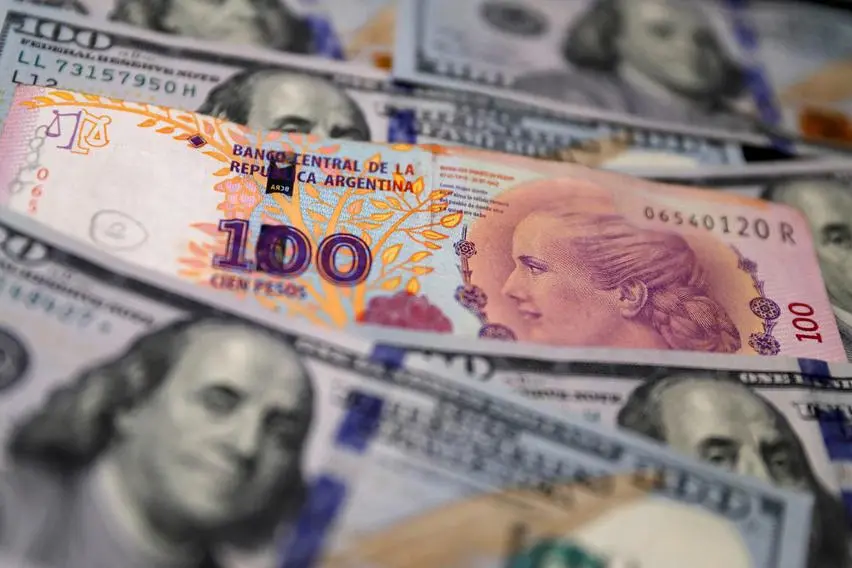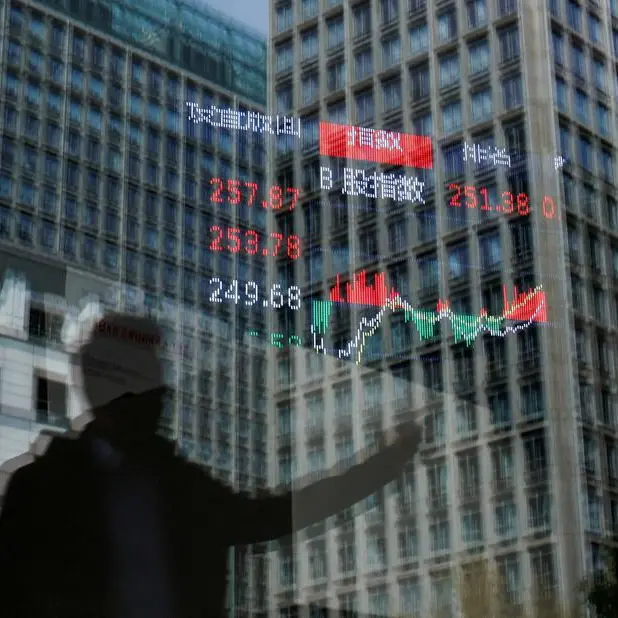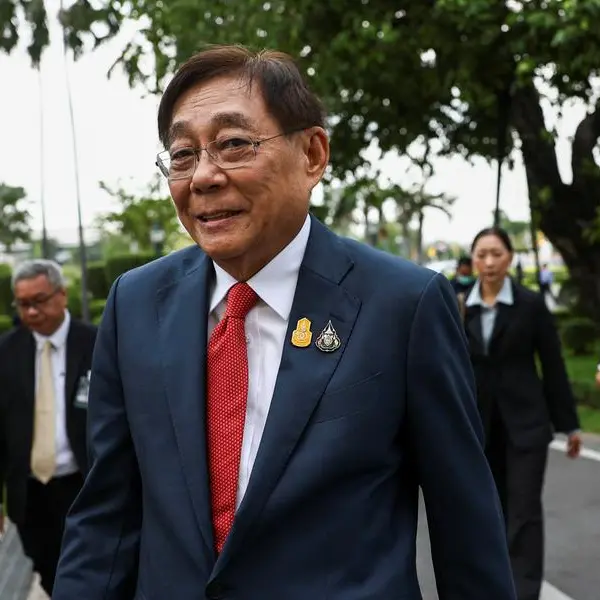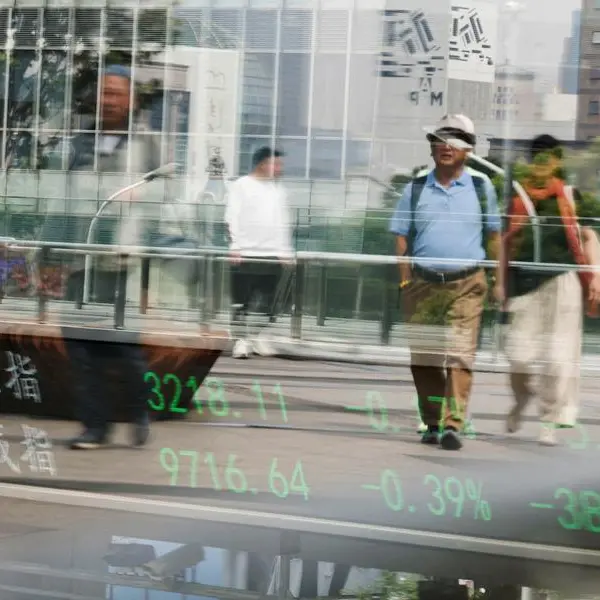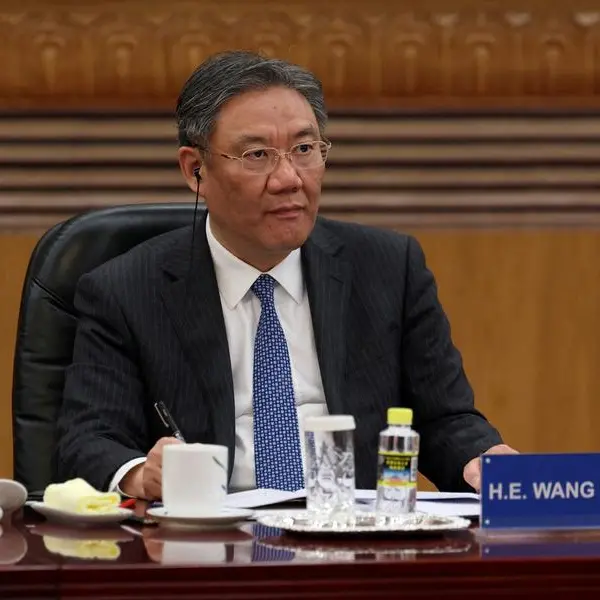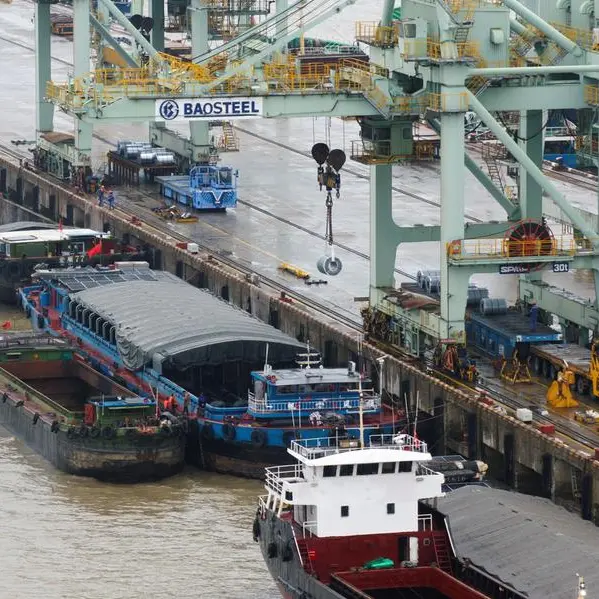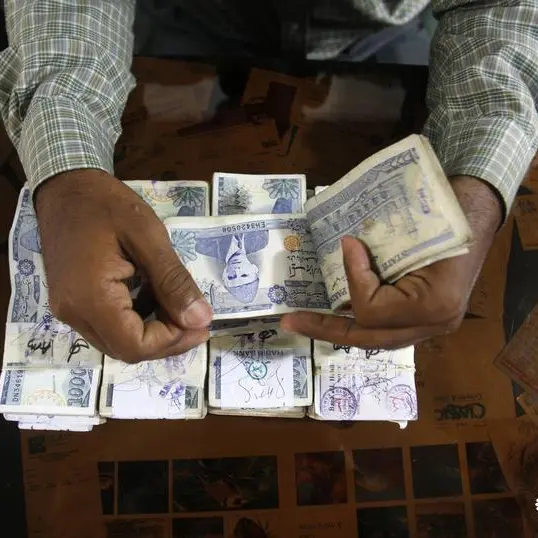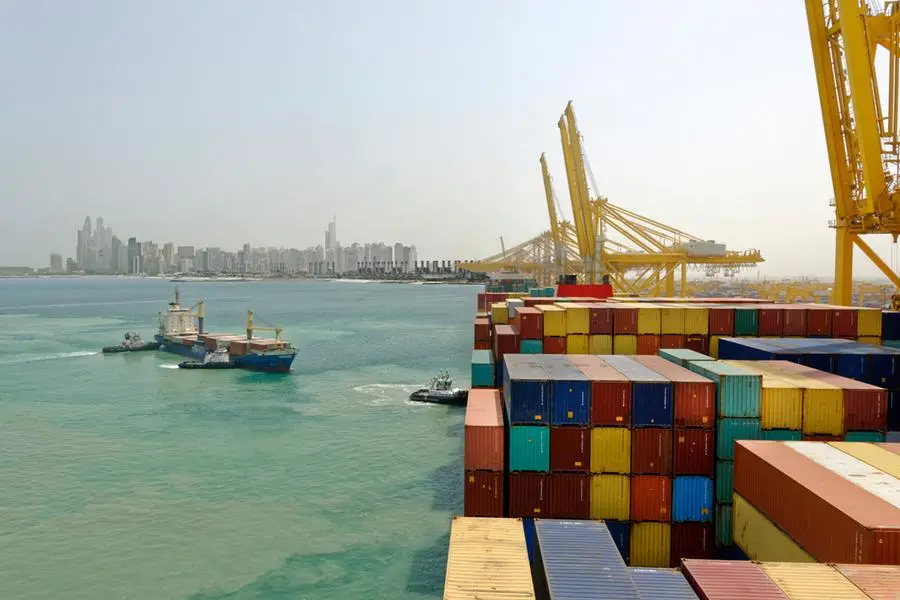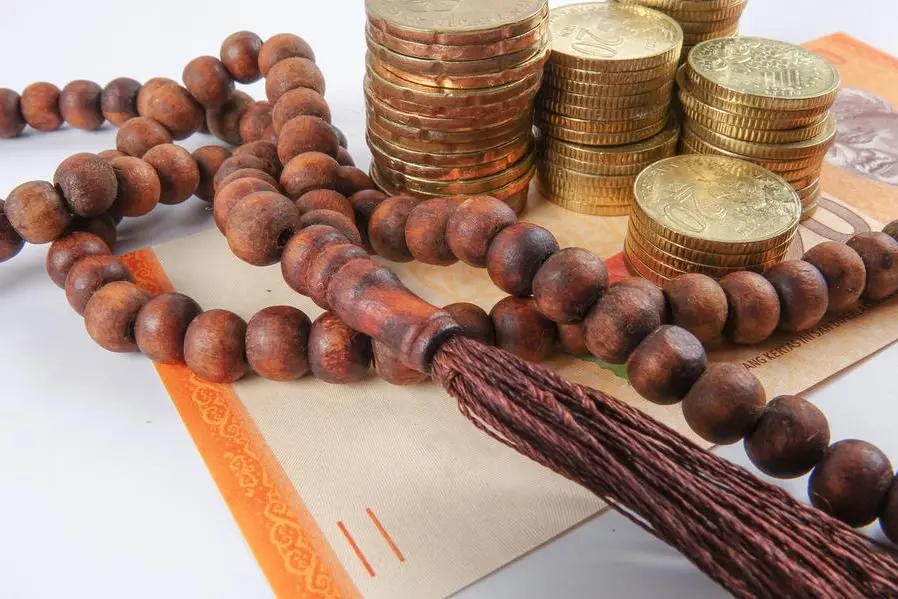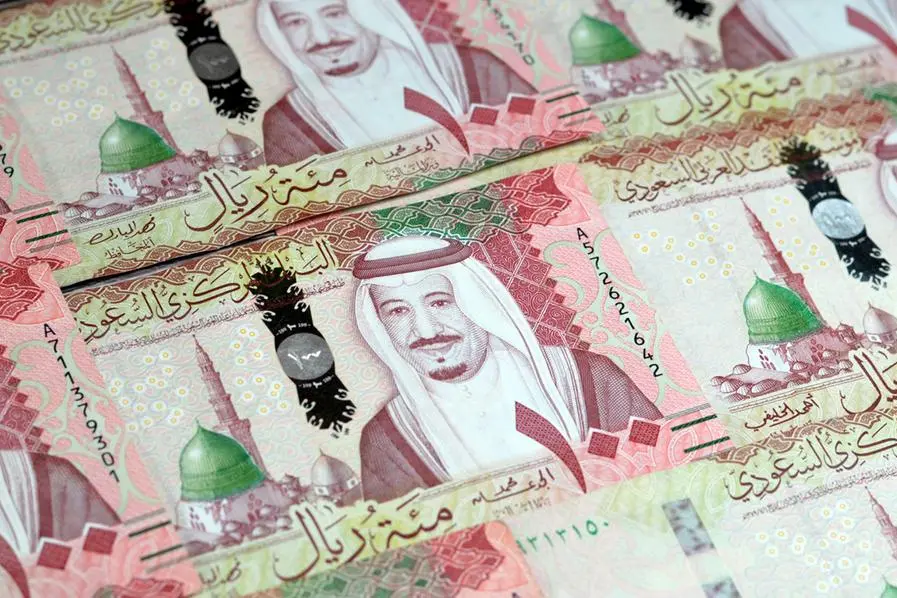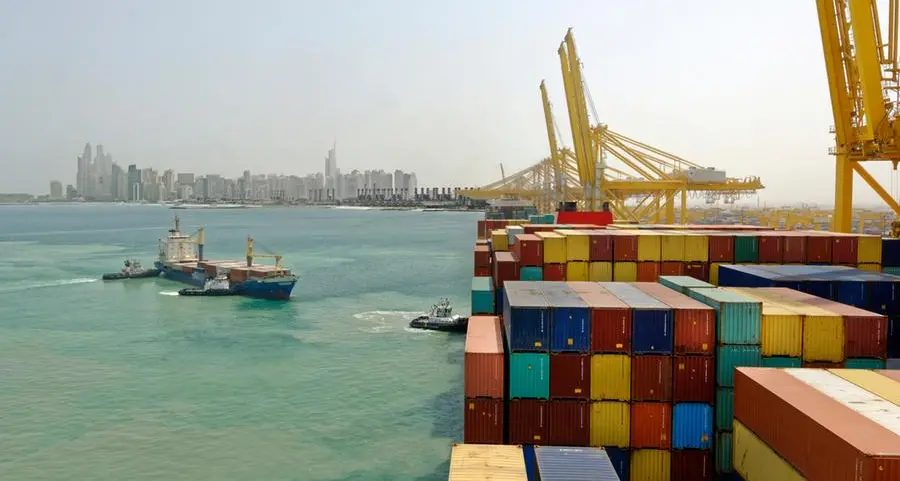PHOTO
FILE PHOTO: A one hundred Argentine peso bill sits on top of several one hundred U.S. dollar bills in this illustration picture taken October 17, 2022. REUTERS/Agustin Marcarian/Illustration/File Photo
The Philippine peso weakened against the dollar on Thursday to hit a 10-day low and lead a broader decline in Asian currencies, reflecting expectations policymakers would cut interest rates ahead of the U.S. Federal Reserve.
The peso was last trading 0.22% lower at 58.77 to the dollar, having weakened earlier to 58.81, a level last seen on June 10 when the currency hit a 31-month intraday low.
Economists said the market focused on fundamentals rather than political noise in the country. On Wednesday, Vice President Sara Dutere resigned from President Ferdinand Marcos Jr's cabinet as their political alliance collapsed.
The peso has declined 5.82% since the start of the year, in line with 6.04% and 5.07% declines in the Indonesian rupiah and Taiwan's dollar, respectively.
"The peso's movements reflect positioning ahead of the BSP's policy meeting as the market navigates the probability that the monetary board's future rate cuts might not be in lockstep with the U.S. Federal Reserve," said Juan Paolo Colet, managing director of China Bank Capital.
The Bangko Sentral ng Pilipinas (BSP) is expected keep its policy rate steady at 6.5% for a sixth straight meeting on June 27 before it delivers a rate cut which its governor said could happen as early as August.
A rate cut in the third quarter would put the BSP ahead of major central banks including the Fed which is expected to cut rates later this year.
Ruben Carlo Asuncion, chief economist at Manila-based Union Bank of the Philippines, said the peso's movement was largely driven by offshore developments, particularly monetary policy settings, rather than political developments.
The dollar ticked up 0.05% against a basket of currencies to 105.26, edging towards last week's one-month top of 105.80. (Reporting by Neil Jerome Morales; Editing by Subhranshu Sahu)
